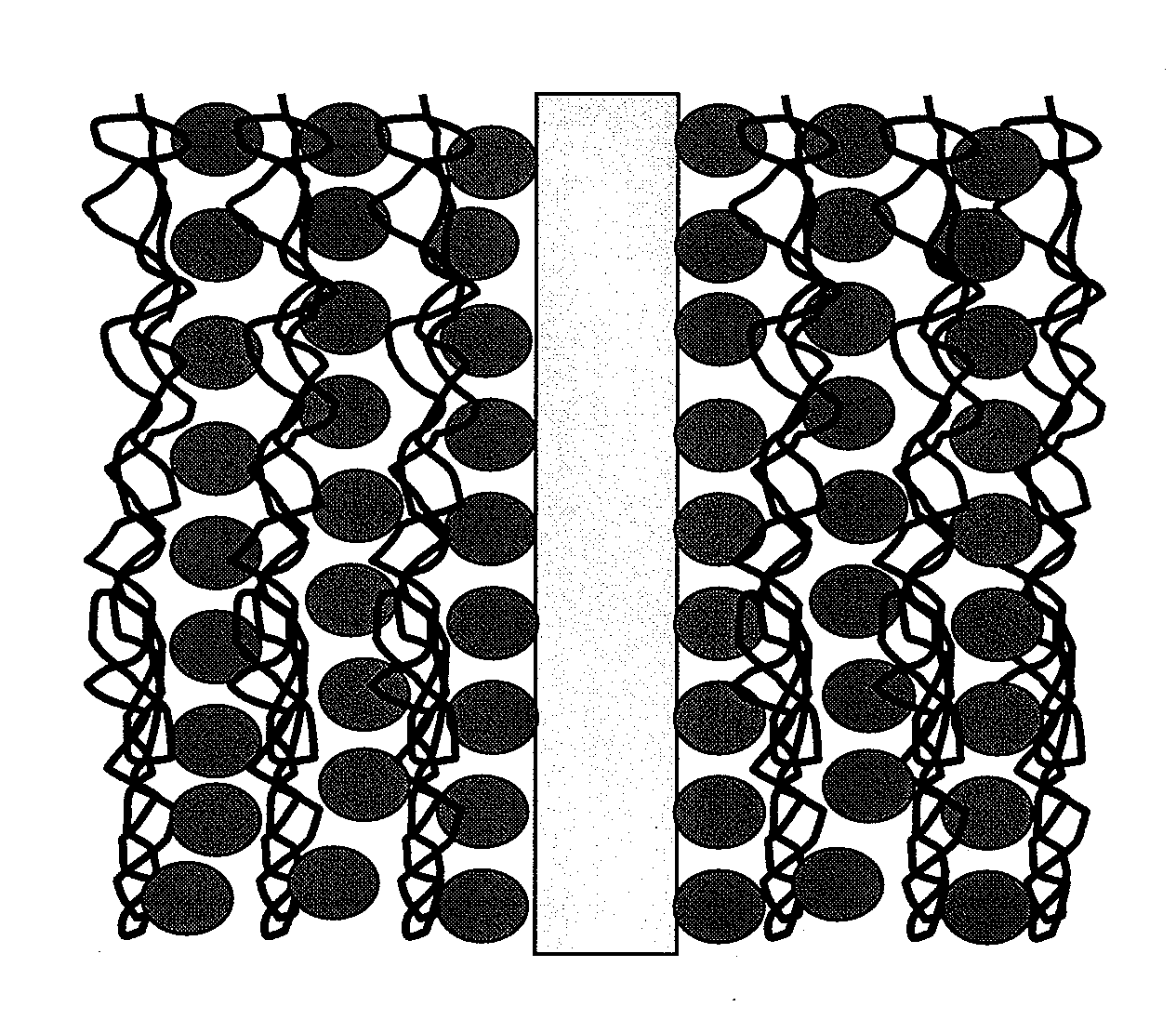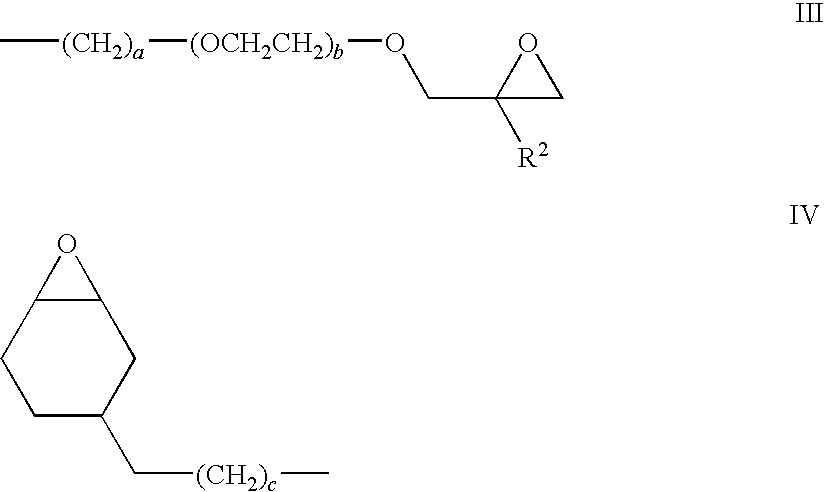Process for Preparing Articles Having Anti-Fog Layer by Layer Coating and Coated Articles Having Enhanced Anti-Fog and Durability Properties
a technology of anti-fog coating and coating, applied in the direction of coating, transportation and packaging, synthetic resin layered products, etc., can solve the problems of not being able to apply on any organic substrate, coatings exhibit generally poor mechanical properties, and cannot be applied to organic substrates. , to achieve the effect of improving the anti-fog properties of anti-fog lbl coating
- Summary
- Abstract
- Description
- Claims
- Application Information
AI Technical Summary
Benefits of technology
Problems solved by technology
Method used
Image
Examples
example 1
[0178]1.1—Preparation of the Lens Substrate Coated with the Intermediate Coating (Lens Substrate S1 and S2):
1.1.1—Preparation of Solutions A and B for the Intermediate Coating.
[0179]The components of solutions A and B shown in table 1 below were prepared by adding γ-glycidoxypropyltrimethoxysilane (Glymo), KBE-402 (γ-glycidoxypropylmethyldiethoxysilane (GD)), 0.1N HCl and catalyst Al(AcAc)3 under mixing. After mixing about 30 minutes, the rest of materials and glycerol propoxylate triglycidyl ether (GPTE) were added into the mixture for another 3 hours.
TABLE 1Intermediate coatingformulationA: Weight (g)B: Weight (g)Glymo43.2543.25GD (KBE-402)128.75128.750.1 N HCl28.2528.25Al(AcAc)32.002.00MA-ST-HV (30-31 wt %197.750solids)Dowanol PM42.00141.5Methanol40.00138.25EFKA 30340.500.50GPTE15.0015.00Tinuvin 11302.502.50
1.1.2.—Application of the Solutions on the Lens Substrate.
[0180]A bare Orma® lens was first air blowed then corona treated. Then the lens was dipped in the solution A. The dip...
example 3
[0186]In this example, a primer layer was applied on the lens substrate, before application of the intermediate coating.
[0187]A bare (i.e. without any coating) polycarbonate (PC) lens was first dipped in 5 wt % of aminopropyl triethoxysilane / water and dried at 75° C. for 15 min, then dipped in the solution A and cured according to the same procedure as example 1.
[0188]The following coating procedure was same as Example 1, i.e. the deposition of the intermediate coating from solution A, leading to a lens S3 which is a lens substrate having, in this order, from the surface of the substrate, an aminosilane primer and the intermediate coating.
[0189]A bare PC lens was used as comparison examples.
TABLE 3FogtestafterAdhesionLensHaze,Initialhand(RubbingExamplesubstrateT, %%fog testwipingtest)3S391.40.5012Passed 120strokesComparativeBare PC91.21.4634Removedexamplelensby 30CE2strokes
PUM
| Property | Measurement | Unit |
|---|---|---|
| temperature | aaaaa | aaaaa |
| temperature | aaaaa | aaaaa |
| thickness | aaaaa | aaaaa |
Abstract
Description
Claims
Application Information
 Login to View More
Login to View More - R&D
- Intellectual Property
- Life Sciences
- Materials
- Tech Scout
- Unparalleled Data Quality
- Higher Quality Content
- 60% Fewer Hallucinations
Browse by: Latest US Patents, China's latest patents, Technical Efficacy Thesaurus, Application Domain, Technology Topic, Popular Technical Reports.
© 2025 PatSnap. All rights reserved.Legal|Privacy policy|Modern Slavery Act Transparency Statement|Sitemap|About US| Contact US: help@patsnap.com



